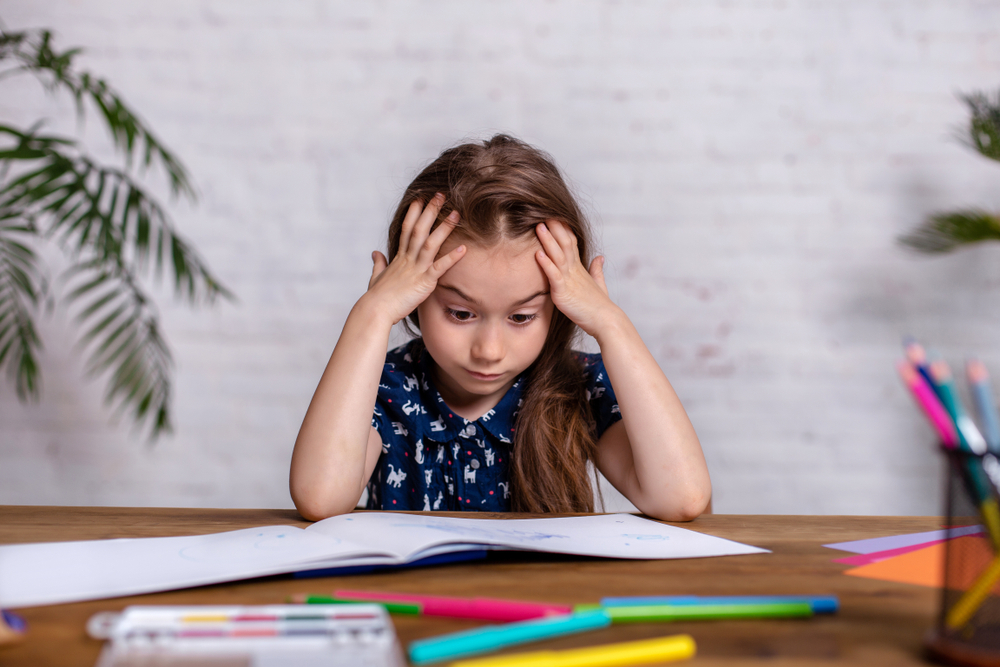
As parents, we’re always looking out for our children’s health and well-being, but vision is often overlooked until problems arise. Knowing when your child needs an eye exam and making it a regular part of their healthcare can help prevent learning challenges and set them up for lifelong success.
The Connection Between Vision and Learning
It’s estimated that as much as 80% of a child’s learning happens through their vision. When children have trouble seeing clearly, it can affect their ability to read, write, and stay engaged in the classroom. Even minor vision issues can lead to difficulties with schoolwork, frustration, or changes in behavior. Identifying and treating vision problems early gives your child the best chance to thrive academically and confidently.
Signs Your Child Needs an Eye Exam
While some children show obvious signs of vision problems, others may not realize their experience is unusual. Here are some common signs to watch for:
• Squinting, covering one eye, or tilting the head
• Frequent eye rubbing or complaints of tired eyes
• Sitting too close to the TV or holding books very near
• Difficulty reading or losing place while reading
• Short attention span for visual tasks
• Complaints of headaches or eye pain
• Avoidance of detailed activities like coloring or puzzles
• Frequent blinking or watery eyes
If you notice any of these behaviors, it’s time to schedule an eye exam.
Why Regular Pediatric Eye Exams Are Essential
Routine eye exams are vital for the early detection and treatment of vision problems such as nearsightedness, farsightedness, astigmatism, amblyopia (lazy eye), and strabismus (crossed eyes). Children’s eyes grow and change quickly, so what was not an issue last year could become a concern this year.
With early intervention, your child can receive personalized treatment options (including myopia management) to address their unique vision needs. Taking action early can prevent more serious problems and help your child reach their full potential.
When and How Often Should Children Have Eye Exams?
The American Optometric Association recommends the following schedule:
• First exam: Between 6 and 12 months old
• Second exam: At age 3
• Third exam: Before starting school, around age 5 or 6
• Ongoing exams: Every year thereafter, or as recommended by your optometrist.
Even if your child doesn’t display symptoms, regular eye exams are the best way to ensure their vision is on track.
Schedule Your Child’s Eye Exam at Williamsburg Eye Care
Your child’s vision plays a fundamental role in their overall health, learning, and happiness. Recognizing the signs of potential problems and committing to routine eye exams can make a world of difference in their development.
Schedule a pediatric eye exam at Williamsburg Eye Care to ensure your child’s vision supports their learning. Visit our office in Williamsburg, Virginia, or call (757) 564-1907 to book an appointment today.






